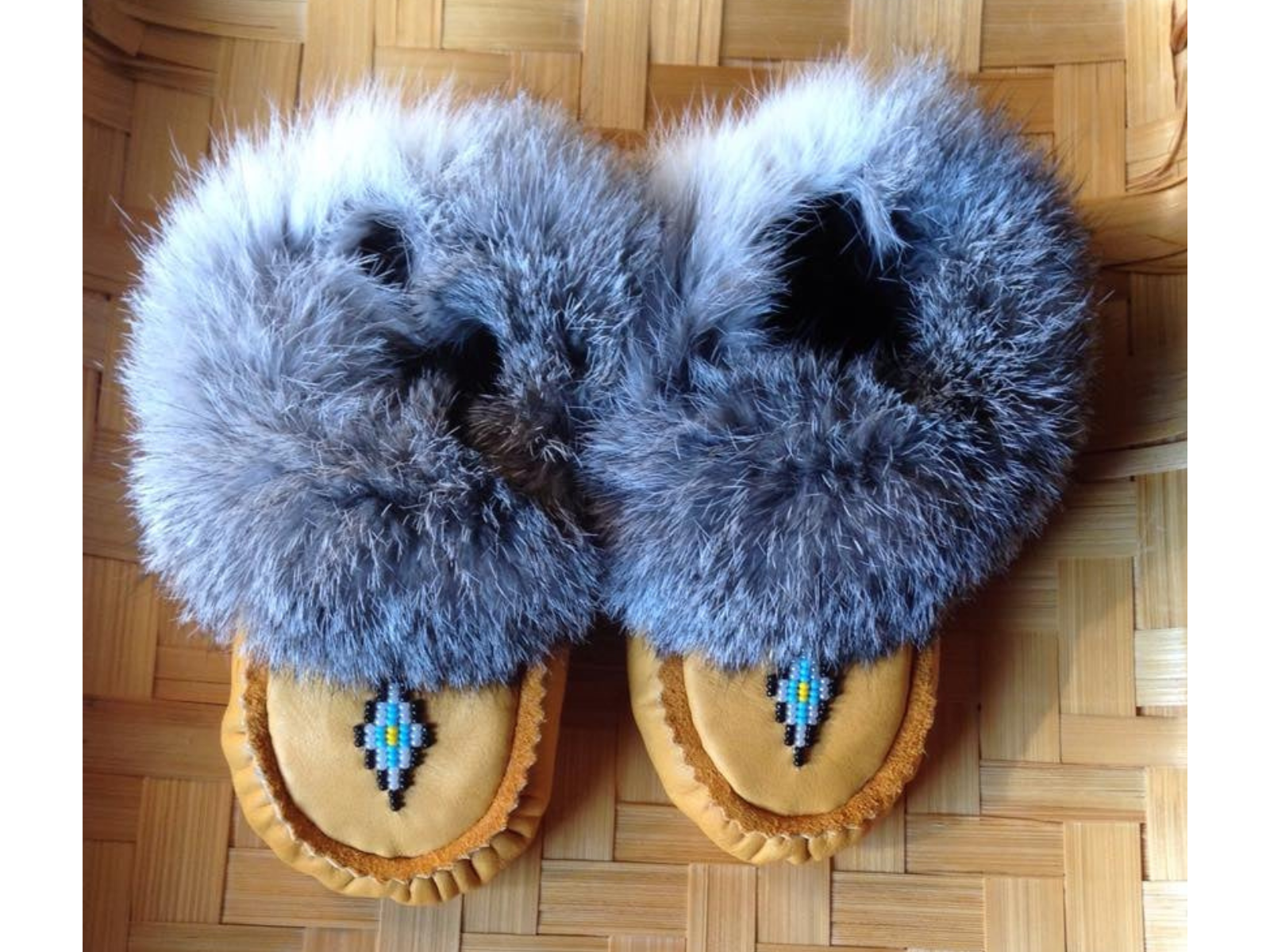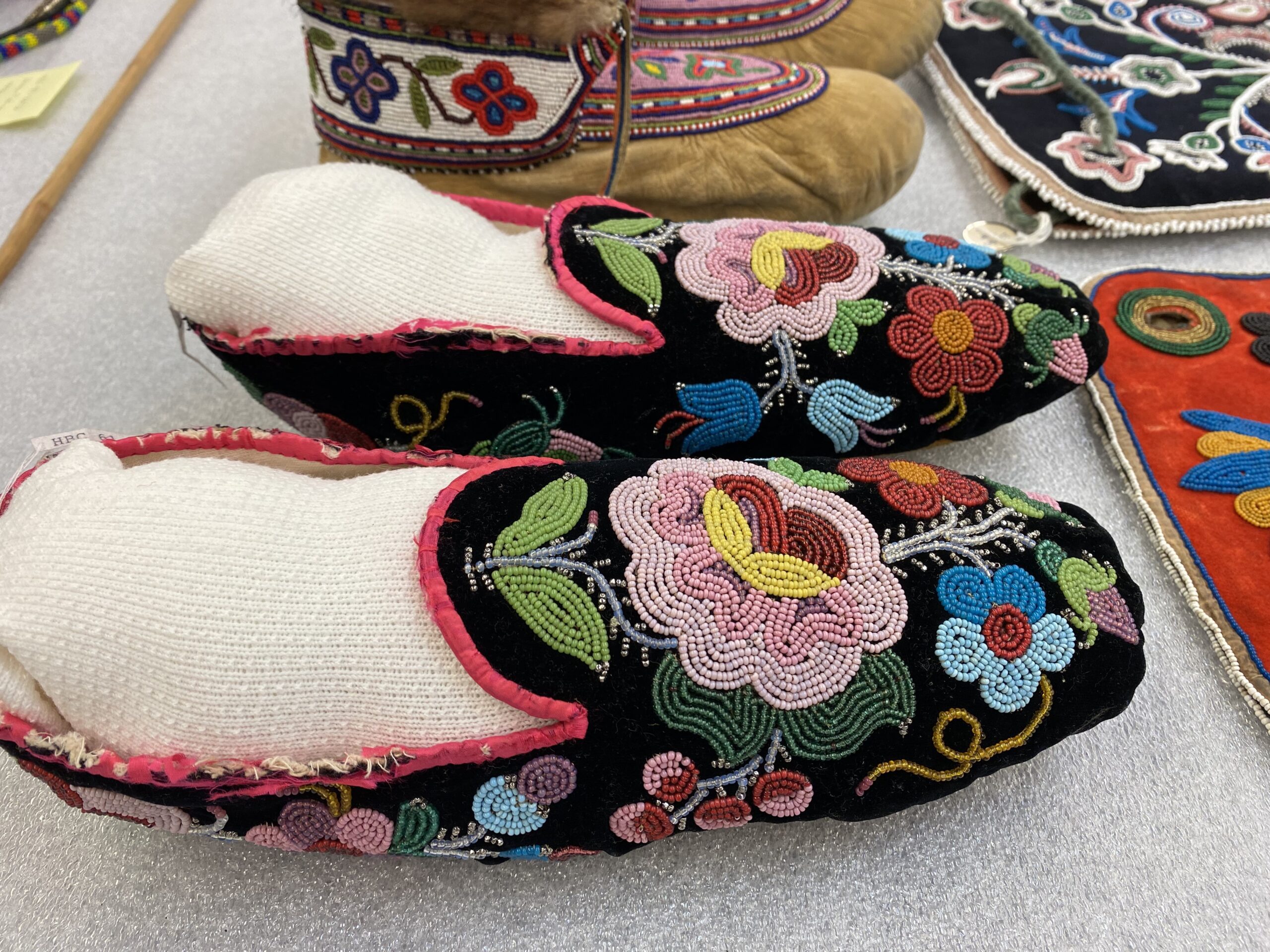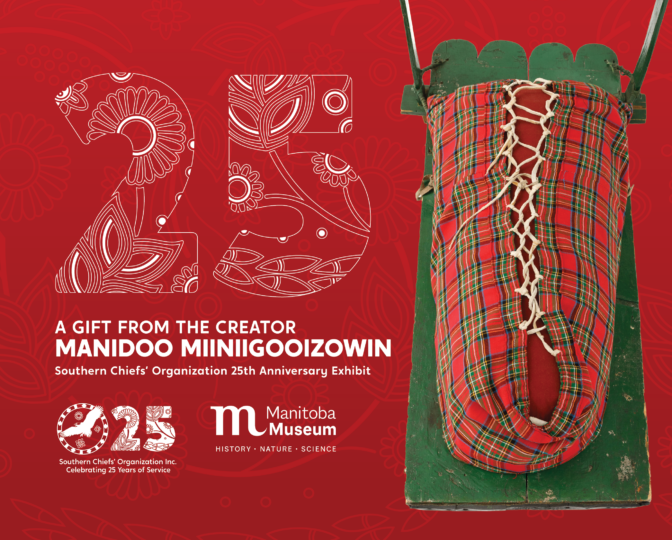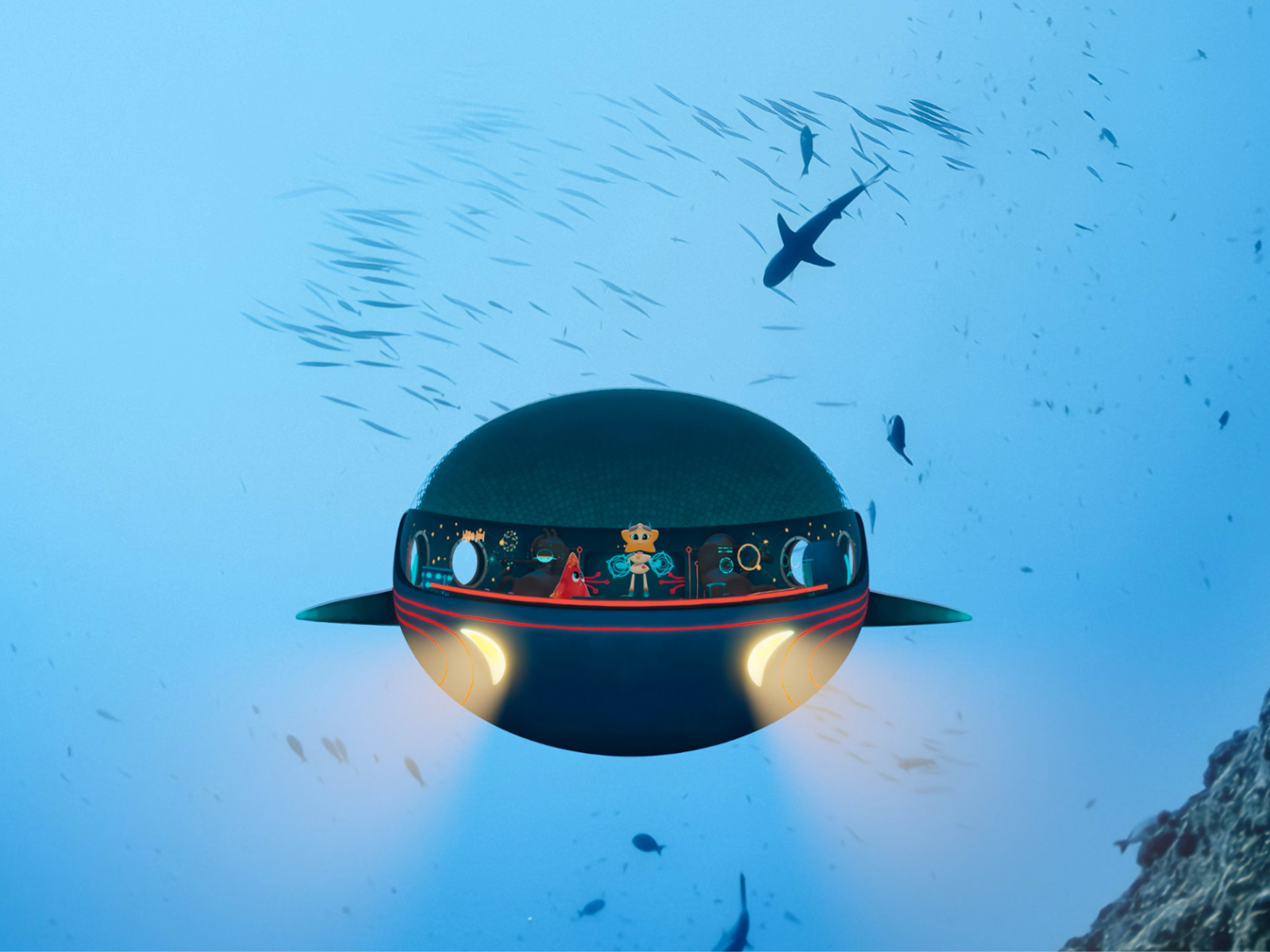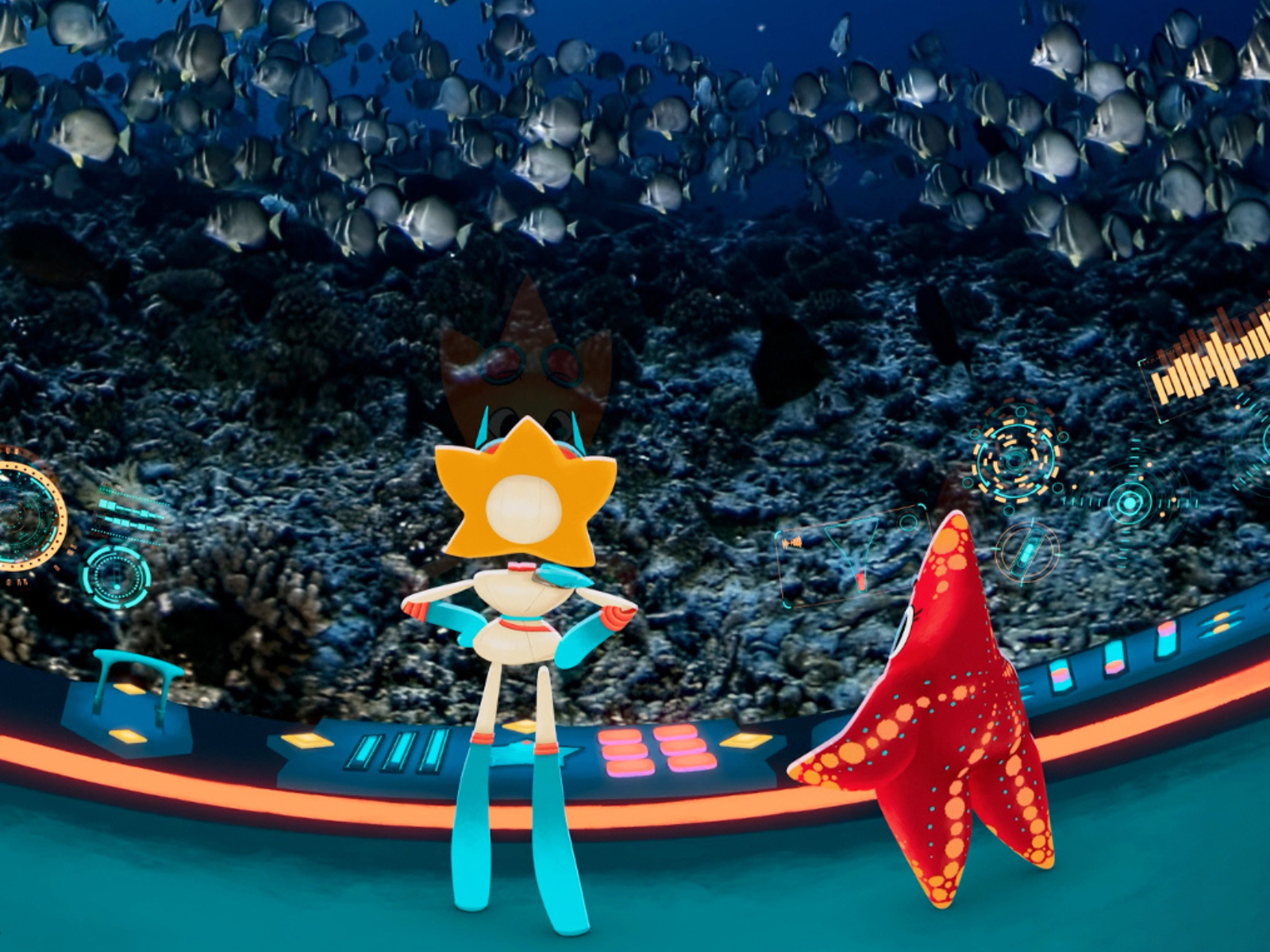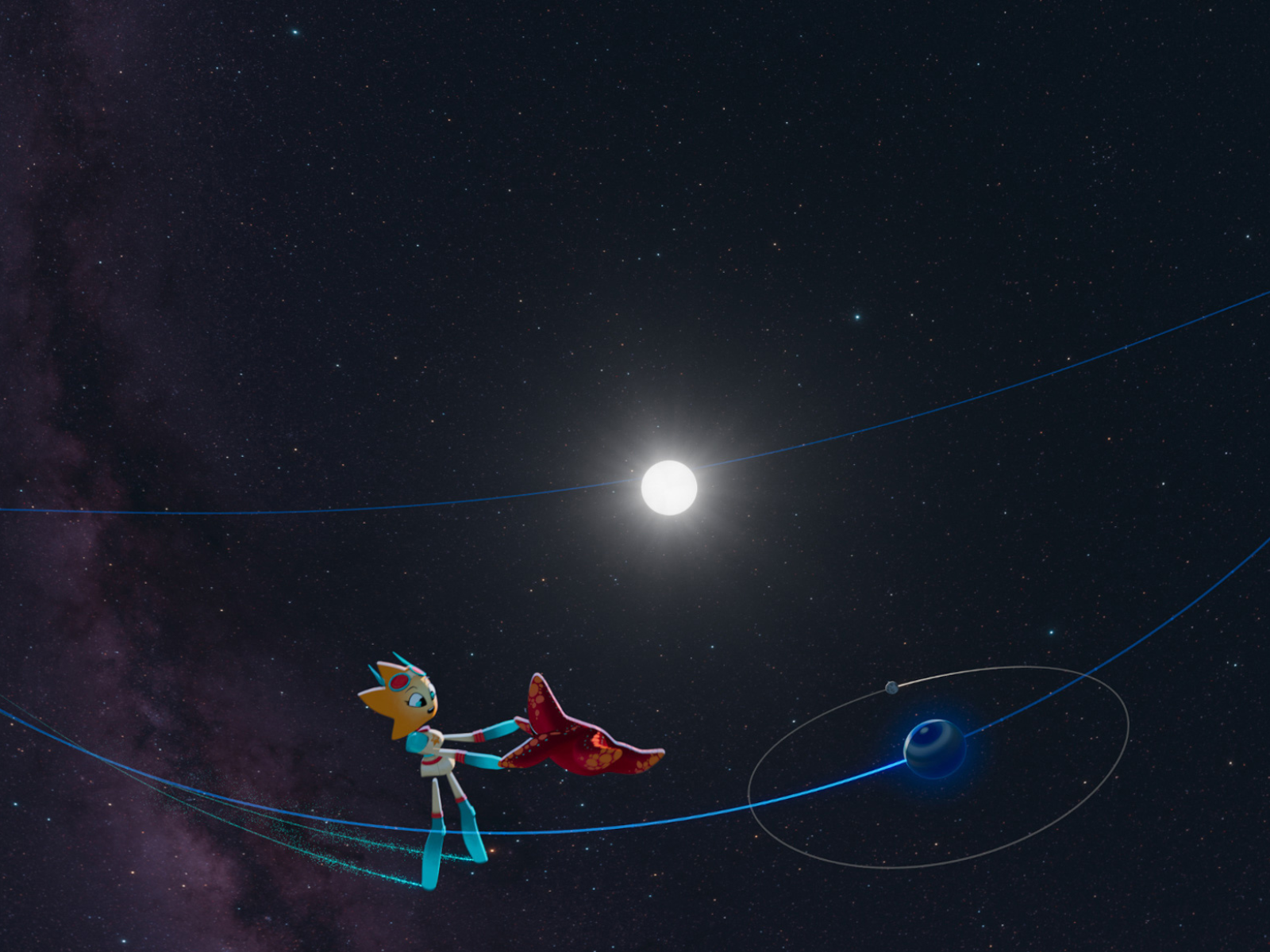Treaty No. 1 Territory – Winnipeg, Manitoba, (March 31, 2025): This Spring Break will be the last chance to see the Manidoo Miiniigooizowin, A Gift from the Creator exhibit at the Manitoba Museum. Manidoo Miiniigooizowin celebrates the beauty and resilience of the Anishinaabe and Dakota peoples and commemorates the 25th anniversary of the Southern Chiefs’ Organization (SCO).
Featuring objects from the 32 member Nations represented by SCO, the exhibit is a celebration of the past, present, and future. Many of the objects in this exhibit have been generously shared by individuals and families who proudly represent their respective Nations, and all were designed or made by talented artists and makers from the SCO member Nations.
“To commemorate SCO’s 25th anniversary, we wanted to celebrate the artistic talents and skills of our Anishinaabe and Dakota citizens and ancestors. This exhibition successfully demonstrated the breadth of artists at various stages of their professional and creative trajectories, incorporating both traditional and contemporary ideas and concepts. As our exhibition comes to a close, SCO extends our gratitude to all who visited and learned from Manidoo Miiniigooizowin. We give thanks to the artists and donors who provided such beautiful items to share in the exhibit. We also thank the Elders who gifted the exhibition with its name; to our co-curators Amanda McLeod and Dr. Amelia Fay; and to all those at the Manitoba Museum who assisted. I encourage everyone who has not yet viewed Manidoo Miiniigooizowin to visit the Manitoba Museum before it closes.” – Grand Chief Jerry Daniels, Southern Chiefs’ Organization
The exhibit also includes historical objects from the Manitoba Museum collections —community treasures from decades past. With both the ‘old’ and the ‘new’ on display, Manidoo Miiniigooizowin showcases a walk through many Dakota and Anishinaabe generations.
“This was a wonderful opportunity for co-curation, relationship building, and a chance to bring belongings from the collection to public display alongside the contemporary works. It has been a joy to see visitors’ eyes light up upon entering this exhibit, and to bring something new and exciting to the Museum experience.” – Dr. Amelia Fay, Curator of Anthropology and HBC Museum Collection.
After a year on display in the Manitoba Museum’s Welcome Gallery and Discovery Room, the exhibit will close on Sunday, April 6, 2025. Entrance to the exhibit is included in a Manitoba Museum All Attractions Pass, available online at ManitobaMuseum.ca. The Manitoba Museum offers complimentary admission for First Nation, Inuit, and Métis peoples.



